From Learning to Earning: The Power of an LMS with eCommerce
The global eLearning market has been experiencing exponential growth over the past decade. According to a report by Global Market Insights, the eLearning market size exceeded USD 399.3 billion in 2022 and is projected to grow at a compound annual growth rate (CAGR) of over 14% from 2023 to 2032, reaching approximately USD 1 trillion by 2032. This surge is driven by the increasing adoption of online education across various sectors, from K-12 and higher education to corporate training and professional development.
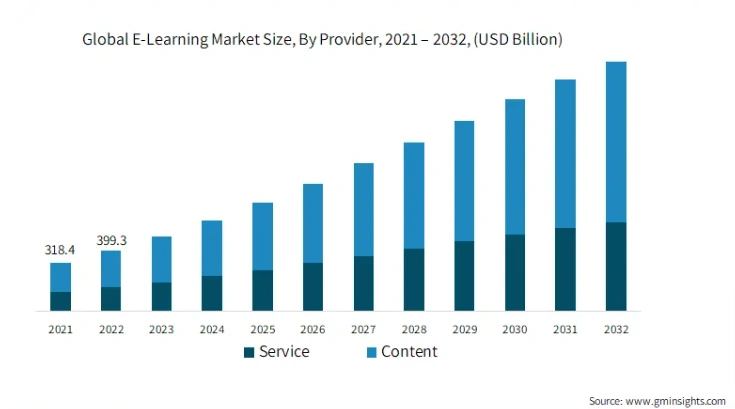
Simultaneously, the eCommerce industry has seen unprecedented growth. The global eCommerce market size was valued at over USD 18.98 trillion in 2022 and is expected to surpass USD 47.73 trillion by 2030, as reported by Research and Markets. This growth is fueled by the rising penetration of the internet into daily life through smartphones, advancements in technology, and the increasing preference for online shopping.
What is an LMS with eCommerce Integration?
An LMS eCommerce integration combines the features of a learning management system with online sales capabilities. This integration allows educational institutions and trainers to sell courses, manage enrollments, and offer a streamlined user experience all within a single platform.
The integration of eLearning with eCommerce offers numerous benefits, enhancing the overall learning experience and providing an efficient way to access educational content. Here are some key statistics highlighting the importance and advantages of this integration:
Benefits Of Integrating LMS With E-Commerce Platform
Integrating a Learning Management System (LMS) with an eCommerce platform provides numerous benefits that can significantly enhance the learning experience and operational efficiency. By combining the strengths of both systems, educational institutions and training providers can tap into new markets and generate additional income through various monetization strategies.
- Payment Models

In an LMS with eCommerce integration, the payment model is highly customizable to cater to different user groups. E-learning platforms often offer various pricing models like subscriptions, memberships, or bundled content packs. For example, Platinum members may pay more for exclusive content, while Silver members have access to standard courses. Unlike traditional eCommerce platforms that require heavy customizations for dynamic pricing, LMS platforms come with these features built-in.
- Enhanced User Experience
Integrating an LMS with an eCommerce platform significantly enhances the user experience by creating a simple and cohesive learning environment. Learners benefit from a unified system where they can easily access and manage their courses, track their progress, and make purchases all in one place. This integration eliminates the need for multiple logins and reduces the complexity of navigating between different systems, making the learning journey more enjoyable and efficient.
- Easy and Simple Enrollment
An LMS with eCommerce integration simplifies the enrollment process. Learners can browse the course catalog, make payments, and enroll in courses without leaving the platform. This streamlined process reduces friction, enhances the user experience, and encourages more students to sign up for courses. The best LMS with eCommerce systems features intuitive navigation and user-friendly interfaces, which are critical for maintaining high enrollment rates.
- Personalized Learning Paths
E-Commerce integration allows for the creation of personalized learning paths based on user preferences, purchase history, and learning behavior. By leveraging data analytics, educators can offer customized course recommendations and personalized learning experiences, which significantly improve learner satisfaction and outcomes. This level of personalization is a key differentiator in the competitive eLearning landscape.
- Streamlined Administration
With an LMS integrated with eCommerce, administrators can manage everything in one place, streamlining operations and eliminating the need for multiple platforms. Automation handles routine tasks like enrollment, payments, and reporting, significantly reducing workload and minimizing human error.
This efficiency allows administrators to focus on strategic goals, while detailed analytics and reports offer valuable insights to enhance decision-making. A centralized dashboard simplifies sales tracking, content management, and learner progress monitoring, making it easier to manage the entire eLearning business from a single platform and drive better outcomes.
- Global Reach
E-commerce plays an important role in this process by providing easy payment solutions, allowing learners to purchase courses in their local currencies and preferred payment methods. This global accessibility not only increases the potential learner base but also fosters a diverse learning community, enriching the educational experience with varied perspectives and insights.
E-commerce plays an important role in this process by providing easy payment solutions, allowing learners to purchase courses in their local currencies and preferred payment methods. This global accessibility not only increases the potential learner base but also fosters a diverse learning community, enriching the educational experience with varied perspectives and insights.
- Payment Options
To cater to a global audience, an LMS with eCommerce capabilities supports multiple payment options. Accepting payments in various currencies and through different methods such as credit cards, PayPal, and other online payment gateways ensures that learners from different parts of the world can purchase courses without any inconvenience. This flexibility enhances the appeal of your eCommerce eLearning platform to a broader audience.
- Scalable Infrastructure
A powerful LMS eCommerce integration is designed to grow with your business. As your learner base expands, the platform can seamlessly handle more traffic, transactions, and users without sacrificing performance or speed. This scalability is essential not only for maintaining smooth operations but also for expanding your reach to new audiences. Whether you’re offering courses to a local market or scaling up to international learners, the system supports an increased volume of users, payments, and enrollments without technical hiccups.
By providing a reliable and responsive experience, even during peak periods, you can confidently attract more students, tap into new markets, and build a broader global community of learners. This flexibility ensures that your platform evolves with your business, allowing you to reach and engage a growing audience without limitations.
How to Integrate an LMS with eCommerce
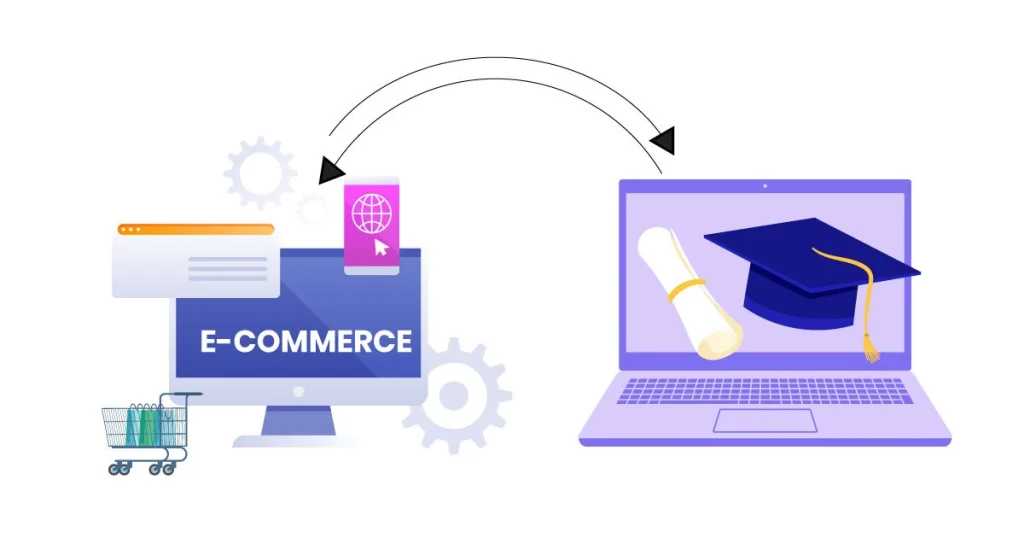
Integrating an elearning with eCommerce involves several steps to ensure easy and simple operation and enhanced user experience. Here’s a detailed guide to help you integrate your LMS with eCommerce functionalities:
Select LMS and e-Commerce Platforms
Choose an LMS that supports eCommerce integration. Some popular options include LearnDash, LifterLMS, and LearnPress . Ensure the LMS is flexible, scalable, and provides the features you need for your educational content. Now, select an eCommerce platform compatible with your chosen LMS. Platforms like WooCommerce, and Easy Digital Downloads are commonly used due to their amazing features and ease of integration.
Assess Integration Options
After choosing the platforms, the next step is to install any necessary plugins or extensions to enable eCommerce functionality in your LMS. For instance: If you’re using WordPress with LearnDash, you can install the WooCommerce plugin to sell courses as products. WooCommerce, a powerful eCommerce plugin, transforms your WordPress website into an online store, and by connecting it to LearnDash, you can sell your courses just like any other product.
These plugins help manage the sale of courses, track orders, and handle payments directly from your LMS interface.
Set Up the eCommerce Platform
Install your chosen eCommerce platform and configure it according to your business requirements. This includes setting up payment gateways, currency options, and tax settings . Then create products for each course you intend to sell. Include detailed descriptions, pricing, images, and other relevant information to attract potential learners.
Integrate the LMS with the eCommerce Platform
Utilize integration plugins or extensions to easily connect your LMS with your eCommerce platform. For instance, you can use the LearnDash WooCommerce integration to sell your courses through WooCommerce. Alternatively, for those using Easy Digital Downloads, the LearnDash EDD integration allows you to offer coupons, course bundles, memberships, subscriptions and emails. These integrations simplify the process of managing payments and learner enrollments to enhance the overall user experience.
Configure Course Access and Enrollment
You can also set up automation rules to enroll learners into courses after they make a purchase. This ensures a smooth user experience where learners gain immediate access to the content after payment. Furthermore, you can also configure access levels to ensure that only paid learners can access the premium content. This can be managed through the LMS settings, where you can define different access permissions based on purchase history.
Optimize the User Experience
Creating a hassle-free purchasing experience can significantly improve user satisfaction. By offering diverse payment options and simplifying the checkout steps, you ensure that learners can easily complete their purchases. A mobile-optimized platform also plays a key role here, as many users prefer the flexibility of accessing courses on their phones or tablets. Users Prioritize these aspects to enhance overall engagement and keep users focused on learning.
Implement Marketing and Sales Strategies
Maximize the potential of your eCommerce platform by utilizing its built-in marketing tools to create a range of promotions, discounts, and special offers. These marketing tactics are essential for drawing more learners to your courses, enhancing their experience, and ultimately boost sales. By offering limited-time discounts, loyalty rewards, or bulk purchase offers, you can encourage learners to enroll in more courses or even refer others, which can help expand your customer base.
To further optimize your marketing efforts, integrate email marketing tools that automate essential communications with your learners. Tools like Mailchimp or Constant Contact can seamlessly connect with your eCommerce setup, allowing you to send automated emails for several key scenarios. You can also set up automated emails to recommend courses based on their past purchases or send promotional offers to re-engage learners who haven’t visited your site in a while. These email strategies keep your courses top of mind and help nurture long-term relationships with your learners, driving continuous engagement and increased sales.
Monitor and Analyze Performance
Take advantage of the analytics tools available in both LMS and eCommerce platforms to gain deeper insights into your business performance. These tools provide valuable data on key metrics such as sales, enrollments, and learner engagement to enable you to track how well your courses and promotions are performing. By regularly analyzing this data, you can pinpoint which courses are the most popular, which marketing strategies are driving sales, and where learners may be losing interest or dropping out.
It’s important to gather direct feedback from your learners to better understand their experiences and identify areas for improvement. Regularly collecting feedback through surveys, feedback forms, and even informal discussions helps you stay in touch with your audience’s needs.
Conclusion
Integrating an LMS with an eCommerce capabilities transforms both the educational and commercial aspects of eLearning. By combining the power of online learning with the efficiency and broad reach of eCommerce platforms, educational institutions and individual instructors can create a more dynamic, engaging, and profitable learning environment.
To fully leverage the benefits of LMS eCommerce integration, it’s essential to choose the right platforms, configure them properly, and continuously monitor and optimize performance. By implementing effective marketing and sales strategies, users can attract more learners and boost their revenue.If you are looking to monetize your courses, streamline your administrative processes, or enhance the user experience for your learners, LDninjas have the expertise and tools to help you achieve your goals. Our expert team offers comprehensive solutions that include platform selection, custom integration, setup, and ongoing support to ensure your eLearning platform is both efficient and effective. Contact us today to learn more about how our services can elevate your eLearning business and drive success in the competitive market.


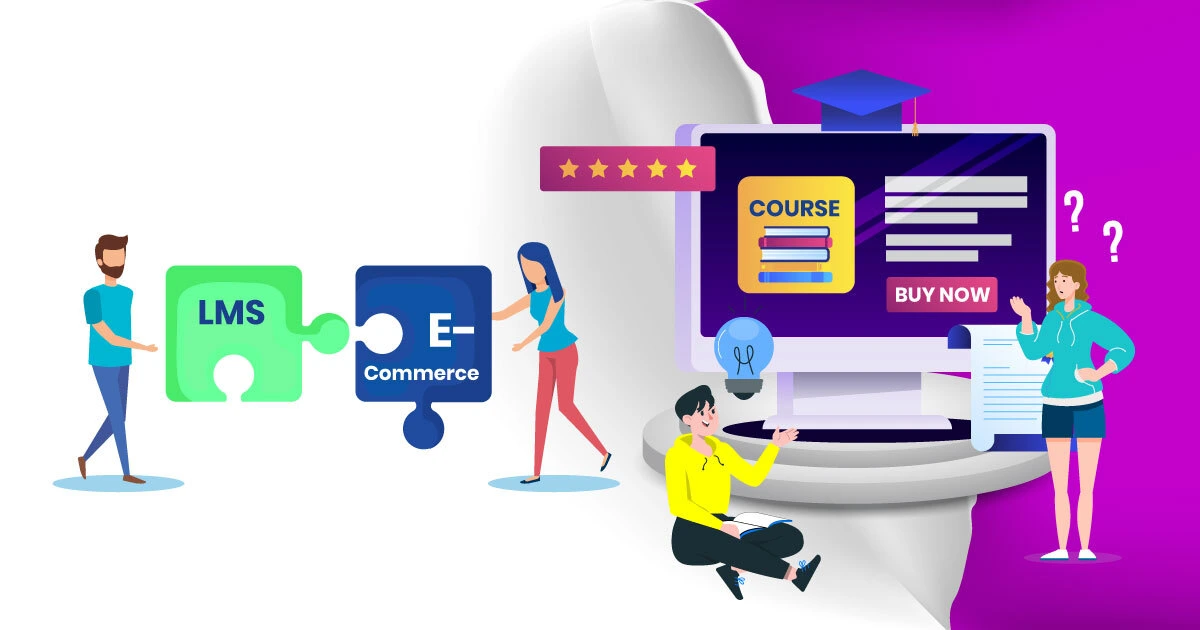

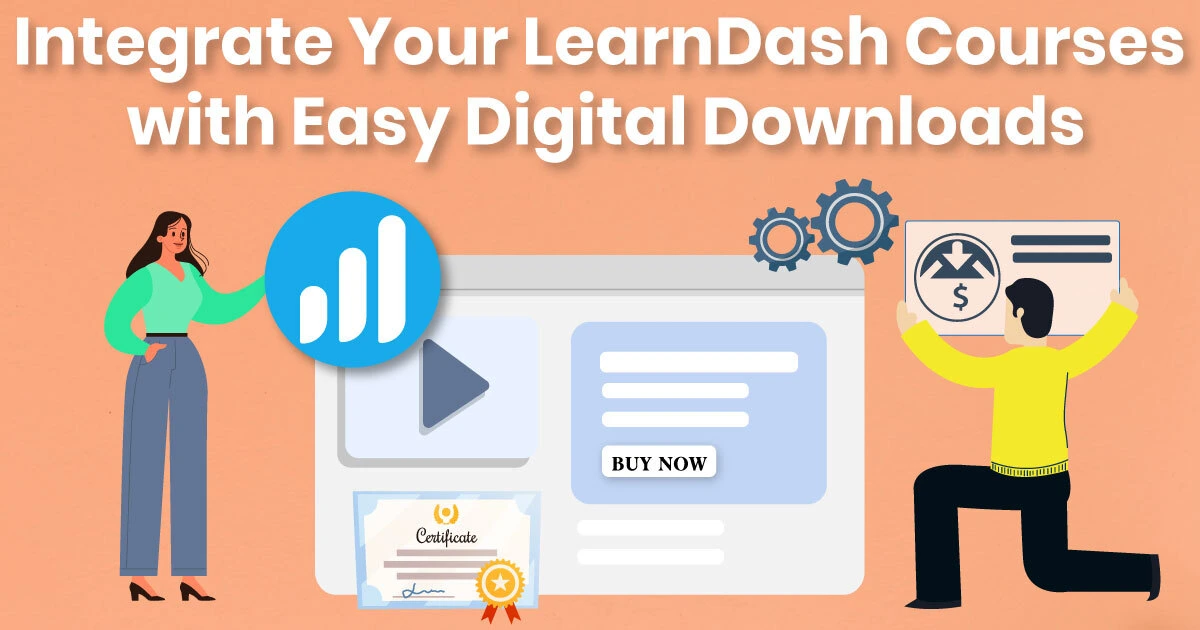
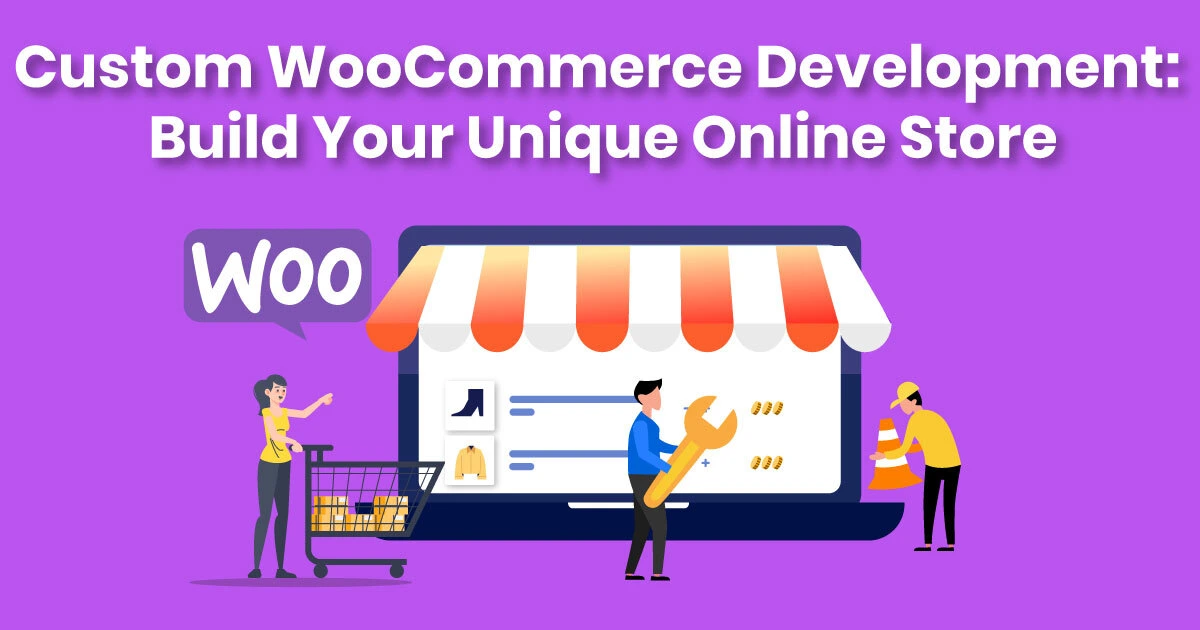


Leave a Reply